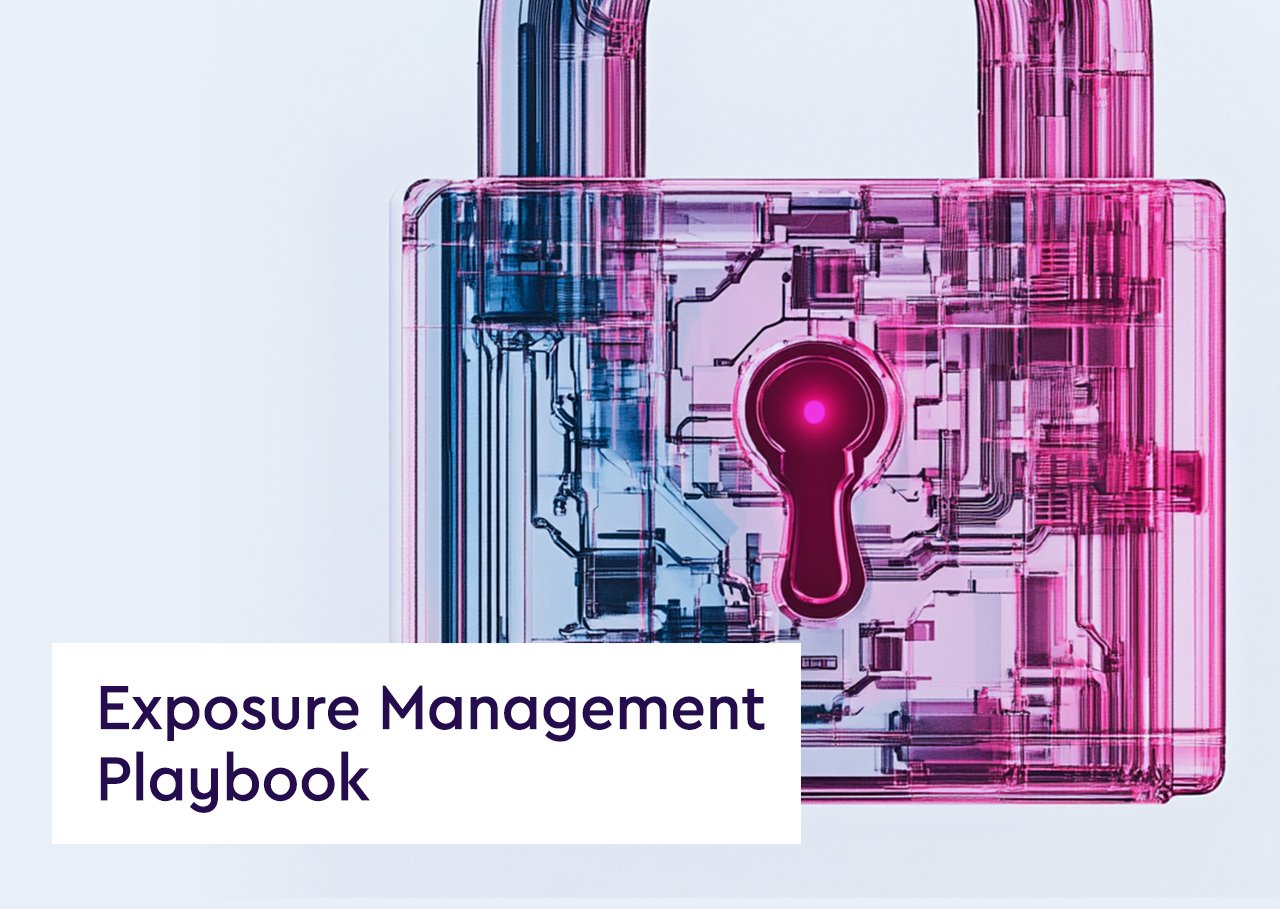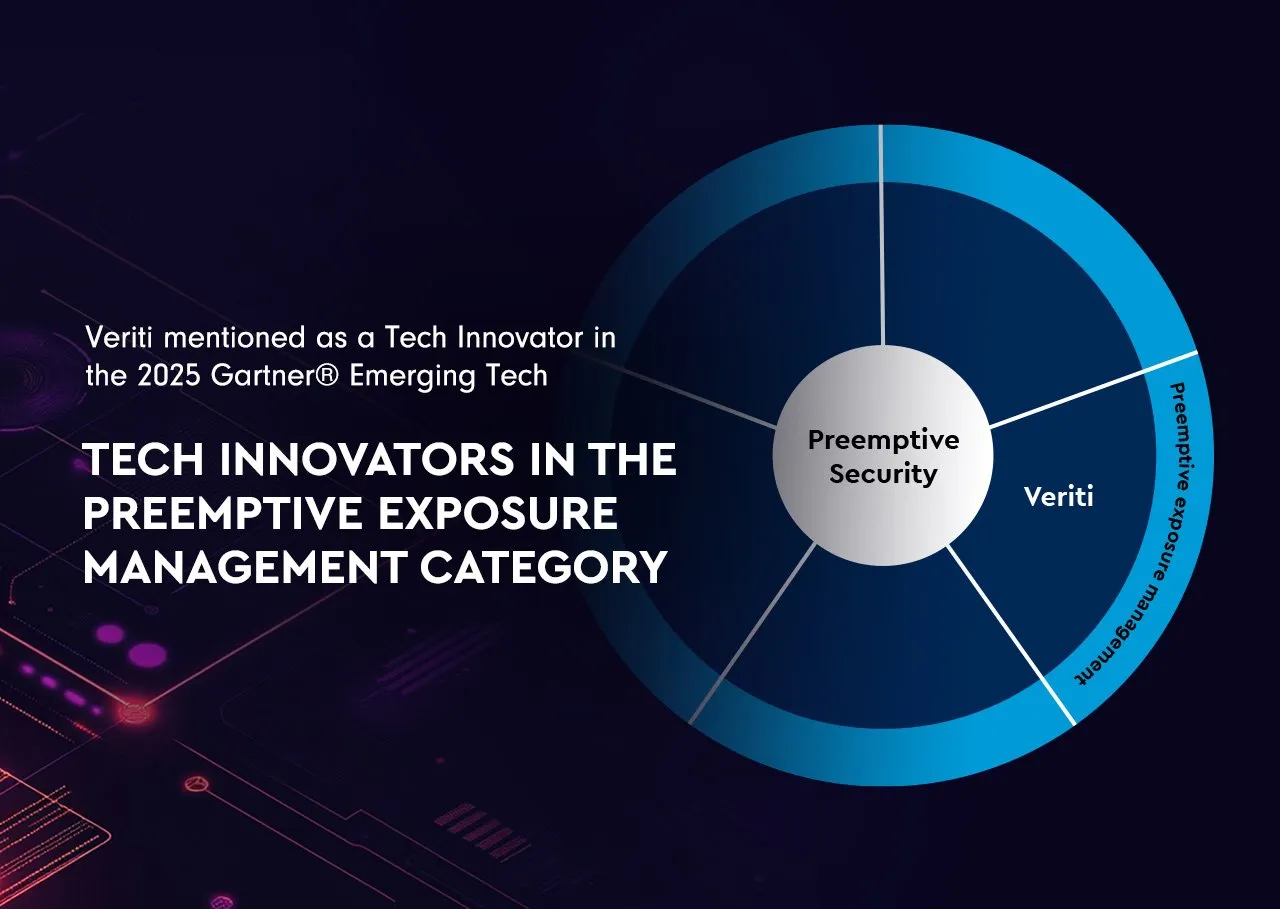Definition: Workload Protection refers to the strategies and solutions employed to secure workloads in an organization’s IT environment. A workload encompasses any application or set of applications and the underlying resources required to run them, which can include servers, databases, and software. As workloads often run across various environments like data centers, cloud platforms, and virtualized spaces, workload protection involves ensuring the security of these applications and their data across all environments against threats and vulnerabilities.
Key Aspects of Workload Protection:
- Data Security: Protecting the data within the workloads from unauthorized access, breaches, and leaks.
- Access Controls: Implementing robust access control mechanisms to regulate who can interact with the workloads.
- Threat Detection and Response: Monitoring workloads for malicious activities and responding to threats promptly.
- Compliance Management: Ensuring that workload security adheres to relevant regulatory standards and best practices.
Importance of Workload Protection:
- Protection Against Cyber Threats: Safeguards workloads from a wide range of cyber threats, including malware, ransomware, and data breaches.
- Operational Integrity: Ensures the reliability and performance of workloads are not compromised by security incidents.
- Data Privacy and Compliance: Helps in maintaining the confidentiality and integrity of data, complying with data protection regulations.
- Business Continuity: Supports continuous business operations by preventing disruptions caused by security breaches.
Challenges in Workload Protection:
- Complex and Dynamic Environments: Protecting workloads across diverse and rapidly evolving IT environments.
- Scalability and Flexibility: Ensuring security measures can scale and adapt to the changing size and nature of workloads.
- Balancing Security and Performance: Implementing effective security measures without compromising on the performance of the workloads.
- Visibility and Control: Maintaining comprehensive visibility and control over distributed workloads.
Best Practices for Workload Protection:
- Regular Vulnerability Assessments: Conducting periodic assessments to identify and address vulnerabilities within workloads.
- Multi-layered Security Approach: Employing a layered security strategy to protect workloads at different levels.
- Automation and Orchestration: Leveraging automated tools for efficient security monitoring and response.
- Continuous Monitoring and Updates: Keeping security measures up-to-date and continuously monitoring workloads for potential threats.
Workload Protection is essential for safeguarding critical business applications and data in the modern IT landscape. Effective workload protection requires a comprehensive and adaptable approach, utilizing advanced security technologies and practices to counteract the evolving nature of cyber threats and protect the diverse and dynamic workloads of organizations.




